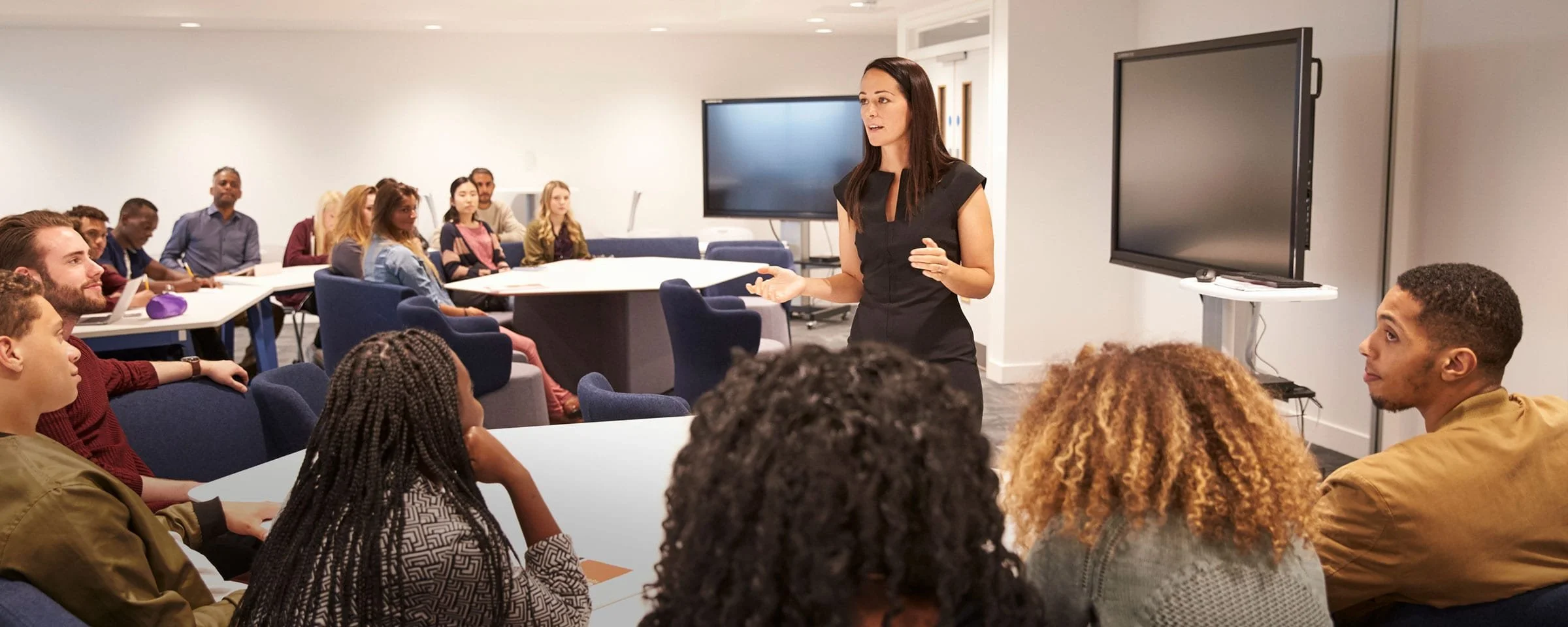One of the most powerful things you can do throughout your story—but especially at the beginning—is to use language that allows your listener to visualize what’s happening. When your listener is able to visualize the story, it becomes more experiential to them, it’s easier to follow, it feels more tangible and authentic in its specificity and it’s easier to remember.
When we’re coaching someone to do this, we encourage them to find the scenes, to avoid generalizations, to go beyond the plot and uncover the cinematic potential within their story. Think SHOW, not TELL.
Read More



















